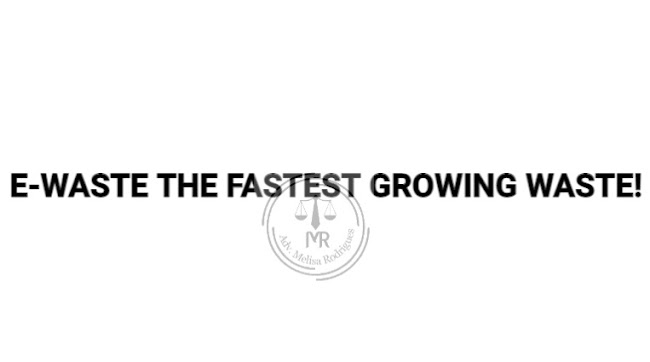E-waste stands for electronic waste which means the waste that is generated through the electronic devices post its shelf life i.e., after the usefulness of the electronic product is over. Electronic waste is a modern phenomenon due to the rampant utilization of products such as phones, computers, laptops, air conditioners, televisions, refrigerators etc.
These products today have become a necessity and imagining life without a phone is next to impossible. E-waste is a major issue that is inescapable by its stakeholders and it requires keen attention towards recycling. The electronic devices are a mixture of precious as well as harmful and hazardous components. We all use the products but not many are aware as to what happens after we discard the electronics that were once used by us.
The products that form such an integral part of our lives suddenly one fine day are not in a position to provide the kind of utility that it once provided us and we feel that it’s time to replace it but what happens to the waste that we discard is something that I have wanted to explore. This quest of mine to learn about electronic waste has further enhanced my understanding towards this rampant and fastest growing waste of our times.
Silver, copper, gold etc. form part of expensive electronic devices, there are also components such as lead, beryllium, cadmium etc. that are toxic in nature and if not recycled in an appropriate manner could result into several disastrous effects in the society. In a developing country like India, most of the electronic scrap lands up in the informal sector for its recycling where there is least consideration towards health and environment. The susceptible group of women and children are generally employed in such informal sectors posing a great threat to their lives due to the hazardous and toxic materials that they are exposed to on a daily basis. The lack of facilities, equipment’s and safeguards available to the informal sector has resulted into release of toxic and hazardous materials in the atmosphere causing air, water and soil pollution. The outcome of such unregulated practices is faced by the innocent, naive and the uneducated.
E-waste is the fastest growing waste not just in India but across the globe and requires serious attention. As the technological development is fast paced and the price of electronic products is dropping in the market, there is a rampant increase in the discarding of the older electronics without knowing where and how is this waste disassembled. Thus, E-waste is one of the fastest growing wastes across the globe and requires keen attention!
The issue of electronic waste is a contemporary issue and requires serious attention. There is an urgent need to create awareness about electronic waste and the laws that are existing to curb electronic waste. There is a surge in the consumption of electronics despite there being no urgent need to dispose of the older electronics.
The E-waste issue is not just a national issue but it is a global issue and the repercussions are felt by all. Since we all use electronics, we all need to understand the global impact of discarding electronics.
Creating awareness about the same will help us all to utilise the resources available to us in an appropriate manner.
Including this topic in the curriculum will make a vast difference in the approach that one has towards the electronics and their disposal.





